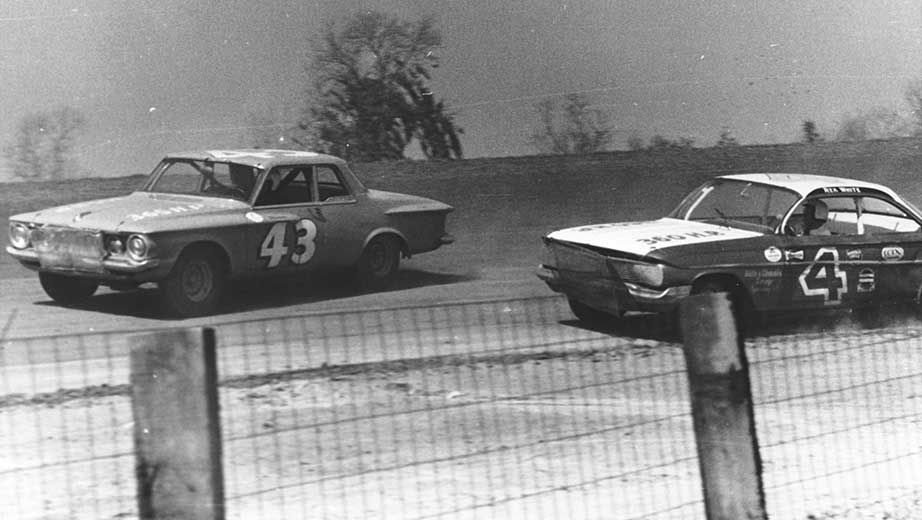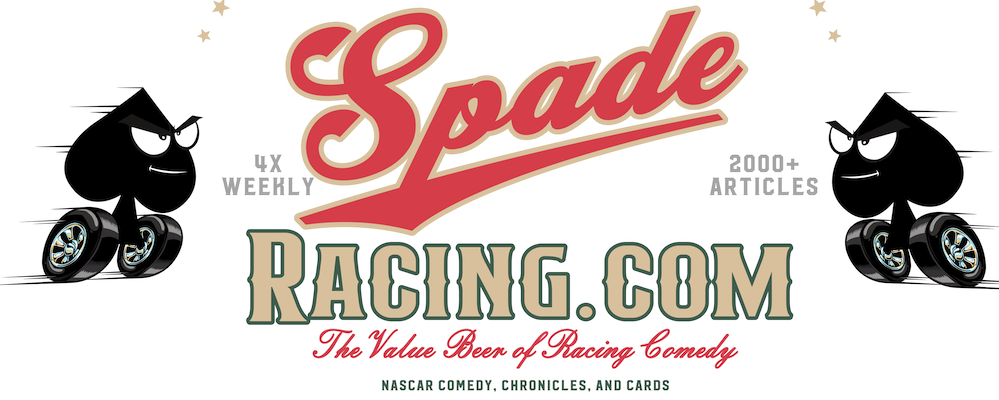Nascar has a long and storied history, but it also has a past littered with “What If?” questions. Join author Mike Mackler as he takes a look back at stock car racing’s 100 most-intriguing hypotheticals in “100 Stock Car Racing ‘What Ifs’”, the book available on Amazon in both Paperback and Kindle formats. Here’s a preview of one of the one hundred “What If” questions asked throughout the book:
81. What if Nascar Cup never stopped running on dirt?
 |
| Nascar's history runs through many dirt track races |
Background: In Nascar’s early days, racing on dirt was a major part of the national touring series (what would eventually become the Nascar Cup Series of today). Since a majority of drivers had grown up on local dirt-track racing, the mixture of dirt surfaces with asphalt was a natural one at first.
What Actually Happened: In 1972 Nascar moved into its “Modern Era”, eliminating what they saw as downscale aspects of the sport. Gone were any races that were too short, scheduled on weeknights, or held on dirt tracks. With the exception of the Truck Series event held at Eldora, Nascar’s national touring series haven’t run on dirt since.
What Could Have Been the Turning Point: What if Nascar kept dirt racing as a link to its past?
What COULD Have Happened: Dirt track racing likely would’ve declined in prominence on the Cup circuit anyways, with tracks beginning to crop up outside of Nascar’s traditional Southern stronghold.
 |
| Nascar has returned to dirt track racing... in the Truck Series |
And if THAT Happened…: Assuming that some dirt track races WOULD manage to hold onto their spots on the Cup Series calendar, we could have seen those races become highly-specialized, much like how road course events have now. We could have seen top-flight teams sending their drivers for outside lessons from dirt track experts, while mid-to-lower-level teams could have hired the equivalency of road course ringers (Dirt Track Desperados?).
What Else Could Have Happened: Keeping dirt tracks on the Cup Series schedule could also have solidified the sprints-to-Nascar feeder system earlier than it did. While the 90’s saw teams populating their developmental teams with former sprint car aces, dirt trackers would likely have had an easier road to a Cup ride had they known there was at least a few races where they’d be the favorites.
Why It Had to Turn Out The Way It Did: Nascar viewed dirt track racing as not befitting the image of a national sport, and instead left it to a number of smaller but thriving regional and national series.

